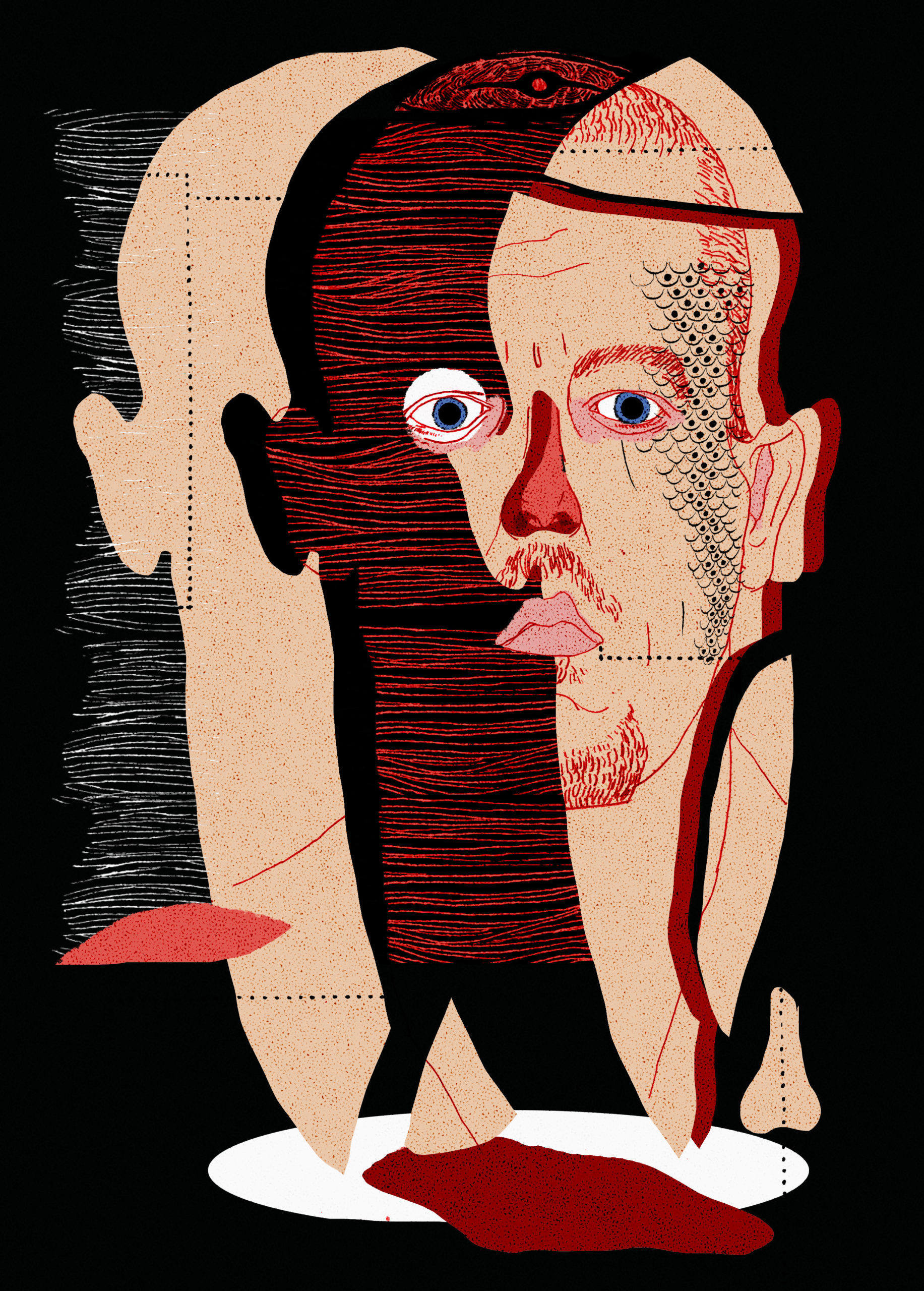[Written by Megan Farrimond]
[Image Credits: Miranda Stuart]
It’s impossible to live in this world without acknowledging it as the fast-paced age of technology. In the world of fashion, we are starting to see designers combining the forces of biology and ready-to-wear designs, leading us to question at what point will they have completely bridged the gap between these two worlds? As the world of technology advances, it often seems impossible to adapt these big changes into our everyday lives. But with designers such as Iris Van Herpen playing with 3D-printing and bio-hacking, we can’t help but wonder what the future of everyday fashion looks like? Are these ideas, such as lab-made leather, simply for the Tesla drivers of the world? Or will this become an innovative design for the masses, helping to eradicate the use of animals in fashion? Could the use of bio-hacking using human cells and DNA simply lead us to use humans in fashion, the same way that we currently exploit animals?
This design process is often referred to as Speculative Design. Phil Balagtas explains that “Speculative Design can facilitate ways to look forward, but also consider this hidden impact and influence on future generations”. Anthony Dunne and Fiona Raby officially coined the term in the 90s, often referring to it as ‘critical design’ explaining “[speculative design] questions the cultural, social and ethical implications of emerging technologies. A form of design that can help us to define the most desirable futures, and avoid the least desirable”.
One designer at the forefront of the movement is Tina Gorjanc and her project ‘Pure Human’. For the project Gorjanc managed to extract the DNA of Alexander McQueen from his 1992 Jack The Ripper Stalks His Victims collection in which he used his own hair. From this small sample she created an in-vitro human leather jacket. Gorjanc used the process to exemplify the accessibility we have to biological information of a deceased party, and thus opened up a dialogue about our current legal structure. It attracted interest due to the possibility of taking genetic information from such a high-profile individual without consent (McQueen died in 2010) and introduced the notion of whether this is an ethical form of fashion that could be adapted into everyday wear. Social media response to the collection was rife with outrage and indignation at the act of taking parts of the human body without consent.

However, this begs the question: why does this indignation not extend, for many, to animals? It is also worth noting that these questions were not at the forefront of Gorjanc’s design process, but arrive as a useful afterthought. After all, even though no animals were killed for the leather-like collection, unborn calves were used in the process, so can we really sustainably experiment with in-vitro leather? However, in Gorjanc’s Pure Human documentary, Darren Nesbeth, a synthetic biology lecturer at UCL, explains that “biosynthetic fabrics have the potential to be more sustainable than the rather energy inefficient process of feeding cows to get the leather”.
Benjamin H. Bratton explains this idea of ‘bio-hacking’, as giving biotechnology it’s “long overdue garageband phase”. Kazuya Kawasaki, a Japanese designer, has given a new life to custom-made garments through this advancing technology. He is at the forefront of this movement with his project, “The Biological Tailor-Made”, which aims to speculate on an alternative form of fashion. The project moves away from today’s fashion requirements of S,M,L, etc. and instead creates three dimensional garments using SCOBY, a mix of bacteria and yeast, in order to create clothes that can mould to the exact shape of the model’s body. These are materials that have never been experimented with in fashion, as Kawasaki moves towards breaking new boundaries with his designs. The biological garment’s shape gradually improves over time to fit the model – the finished result is a leather-look suit, made entirely in a lab.
However, this stage of experimenting may not always come in the form of exhibitions like the ‘Biological Tailor-Made’ and ‘Pure Human’, but can often be seen in high-fashion collections such as that of Iris Van Herpen’s ‘Hacking Infinity’. Van Herpen garnered inspiration from the process of terraforming (creating a biosphere on another planet) and used bio-printing in the collection to create 3D-designs, presenting an alternative future that we may see in fashion.
These innovative lab-made designs open up new opportunities for designers. Some foreground the current technology available that can produce materials without sacrificing the use of any other living being, giving an interesting look into how our everyday wear may one day be created.


Very interesting!